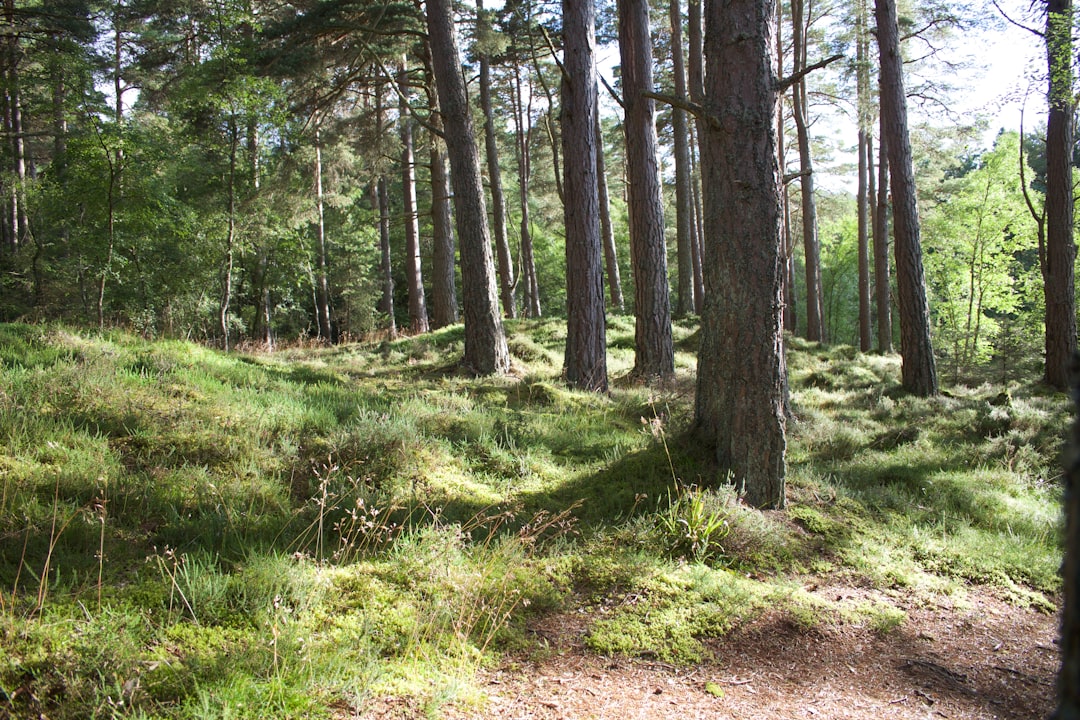What is it about?
When water vapor condenses on a hydrophobic surface equipped with microgrooves, a unique phenomenon of coalescence between droplets growing on the ridges and the microgrooves partially imbibed with condensate is manifested. Such coalescence is distinctly different from droplet–droplet coalescence and can trigger rapid removal of the condensate from the surface, a critical requirement for the high efficiency of dropwise condensation. We investigate the dynamics of this coalescence process using an experimentally validated, three-dimensional, volume of fluid method-based numerical modeling framework.
Featured Image

Photo by Gilberto Olimpio on Unsplash
Why is it important?
The condensate wetting the microgroove forms a liquid column with a meniscus pinned to the microgroove edges. We show that ridge droplet coalescence with this pinned meniscus can trigger the depinning of the contact line from the opposing edge depending on the size of the coalescing droplet. The contact line depins when the local contact angle at the opposing edge reaches 180 degrees and, simultaneously, the kinetic energy converted from the excess surface energy available reaches a maximum. Additionally, we show that the overall coalescence process is significantly affected by the microgroove aspect ratio. For the same liquid volume, relatively shallower microgrooves cause the condensate to overflow, as a result, the coalescence dynamics on such microgrooved surfaces are similar to that on a planar surface.
Perspectives
This article marks the beginning of my career as a researcher. Through the process of writing and reviewing it, I have gained a deeper understanding of microdroplet dynamics and capillarity waves, and it has significantly boosted my confidence in addressing various challenging problems in the field of applied wettability.
Raushan Kumar
Indian Institute of Technology Ropar
Read the Original
This page is a summary of: On the dynamics of coalescence between droplets and partially filled microgrooves, Physics of Fluids, February 2024, American Institute of Physics,
DOI: 10.1063/5.0191942.
You can read the full text:
Contributors
The following have contributed to this page










